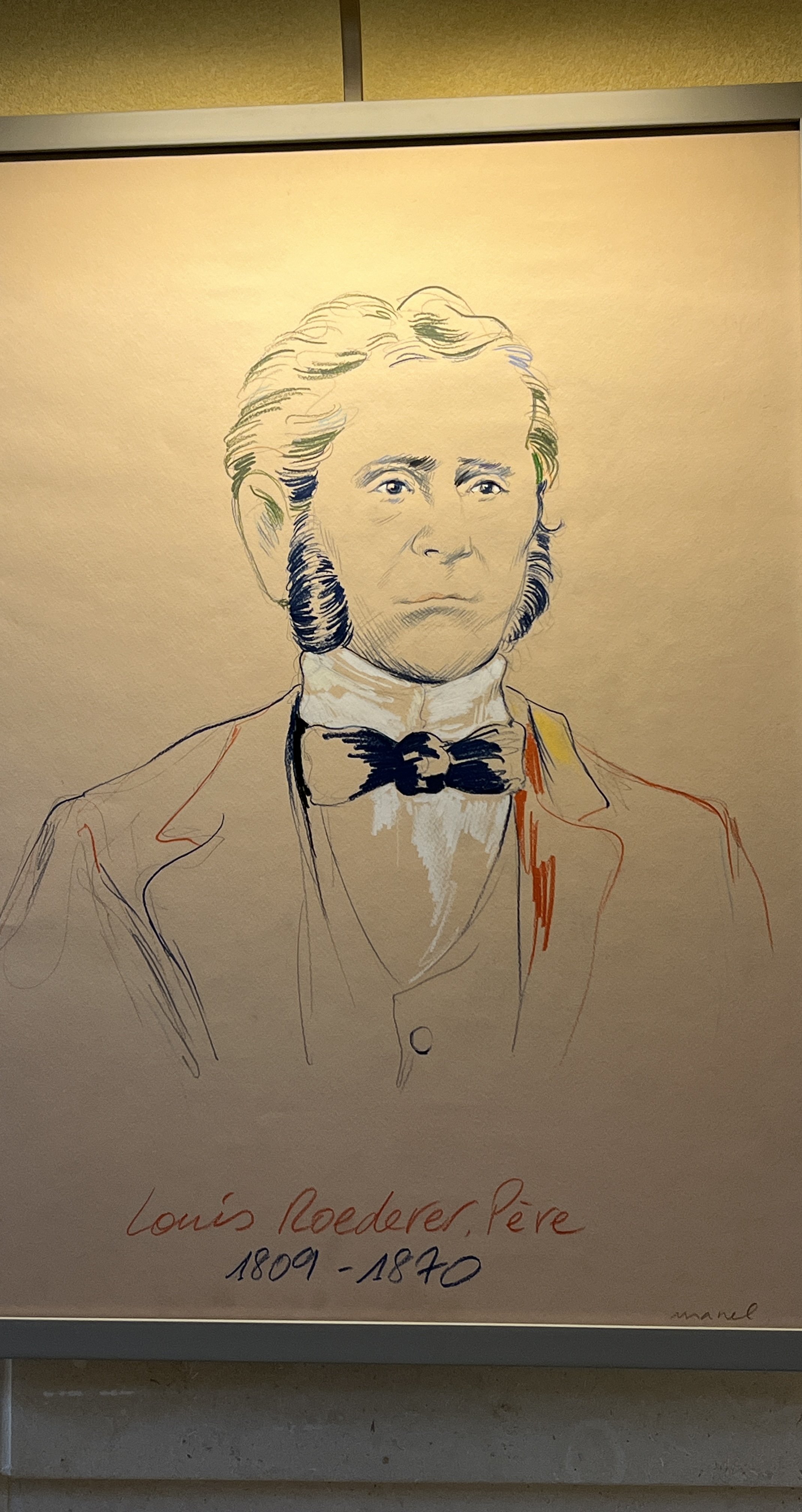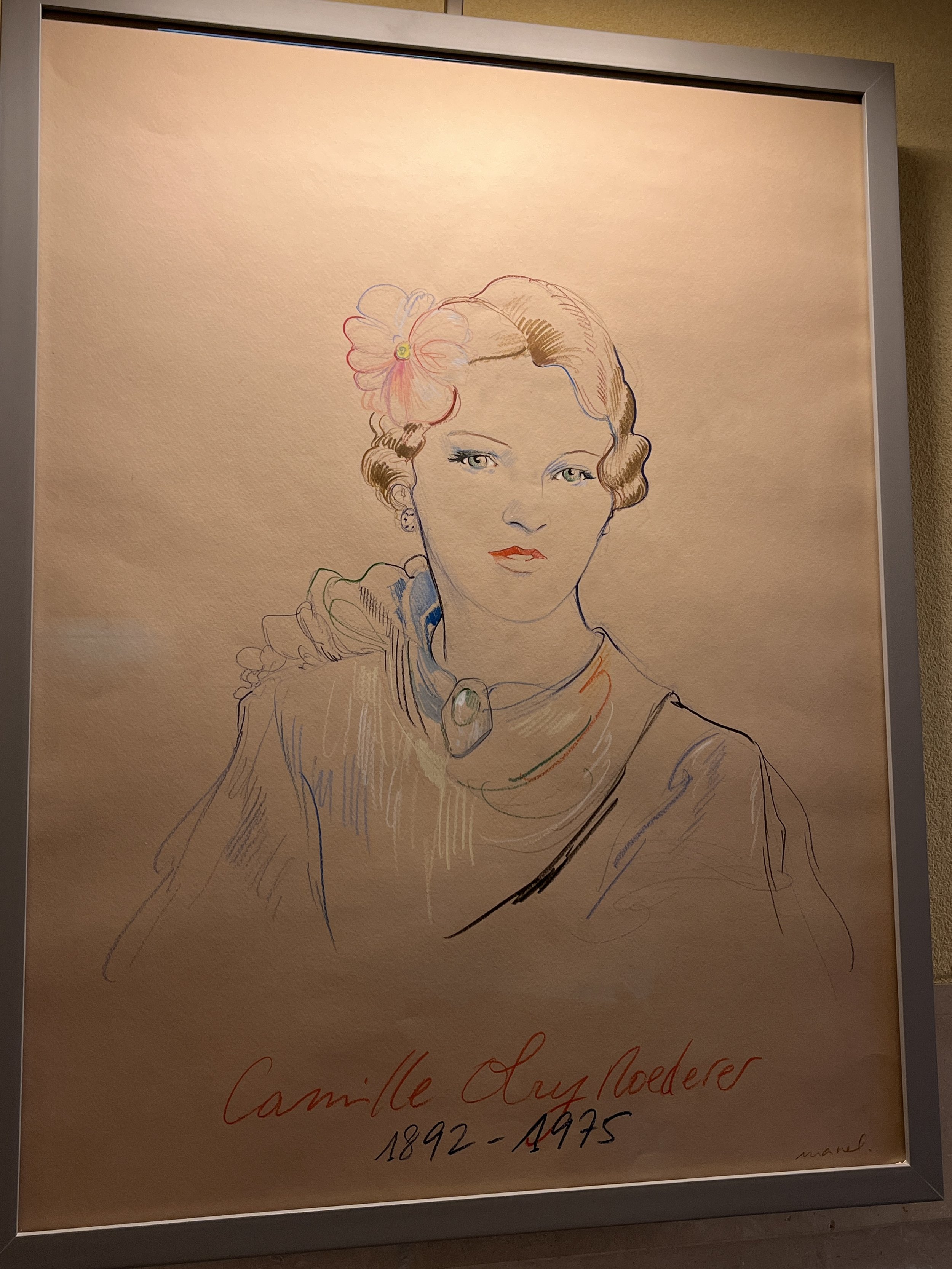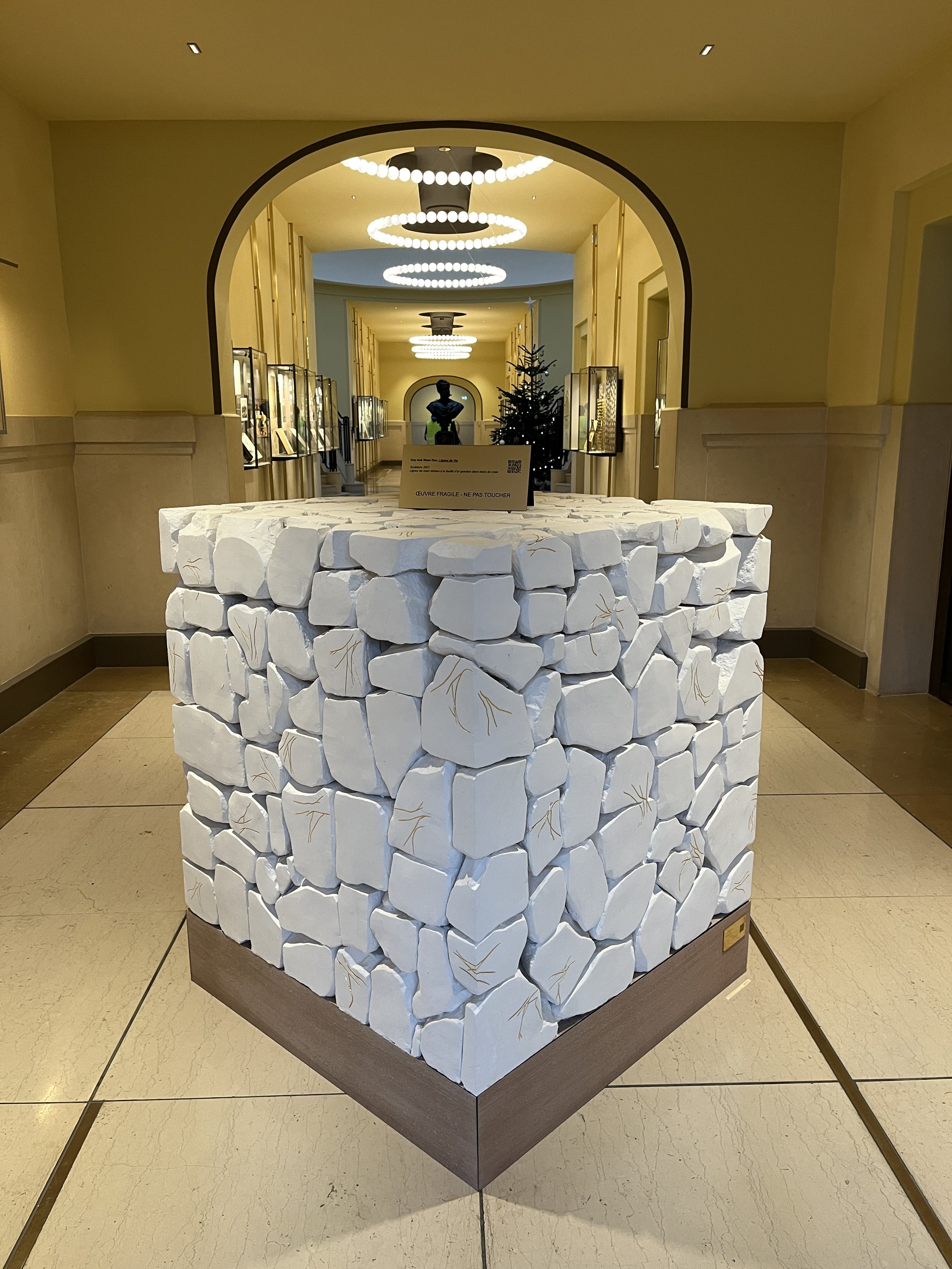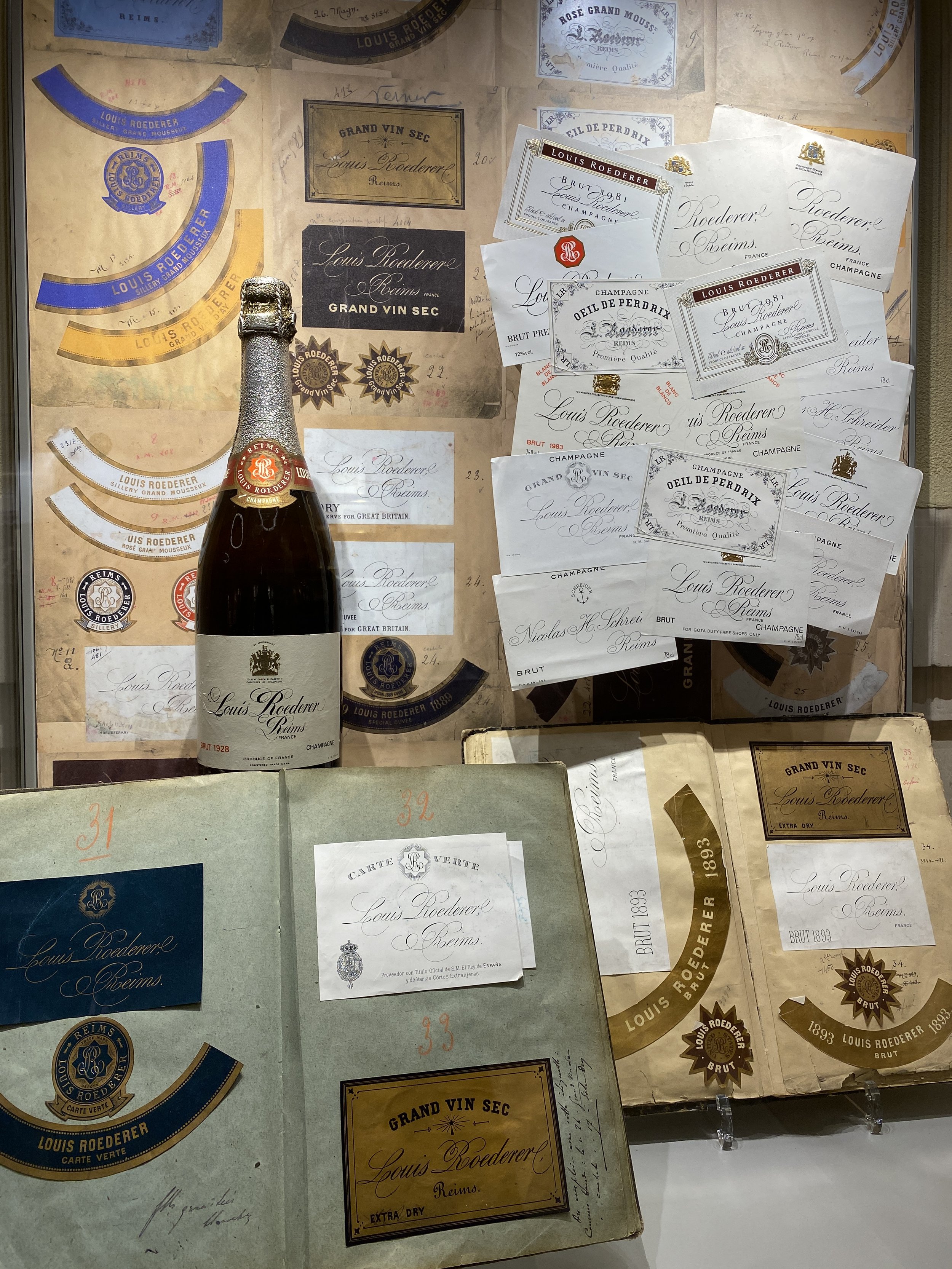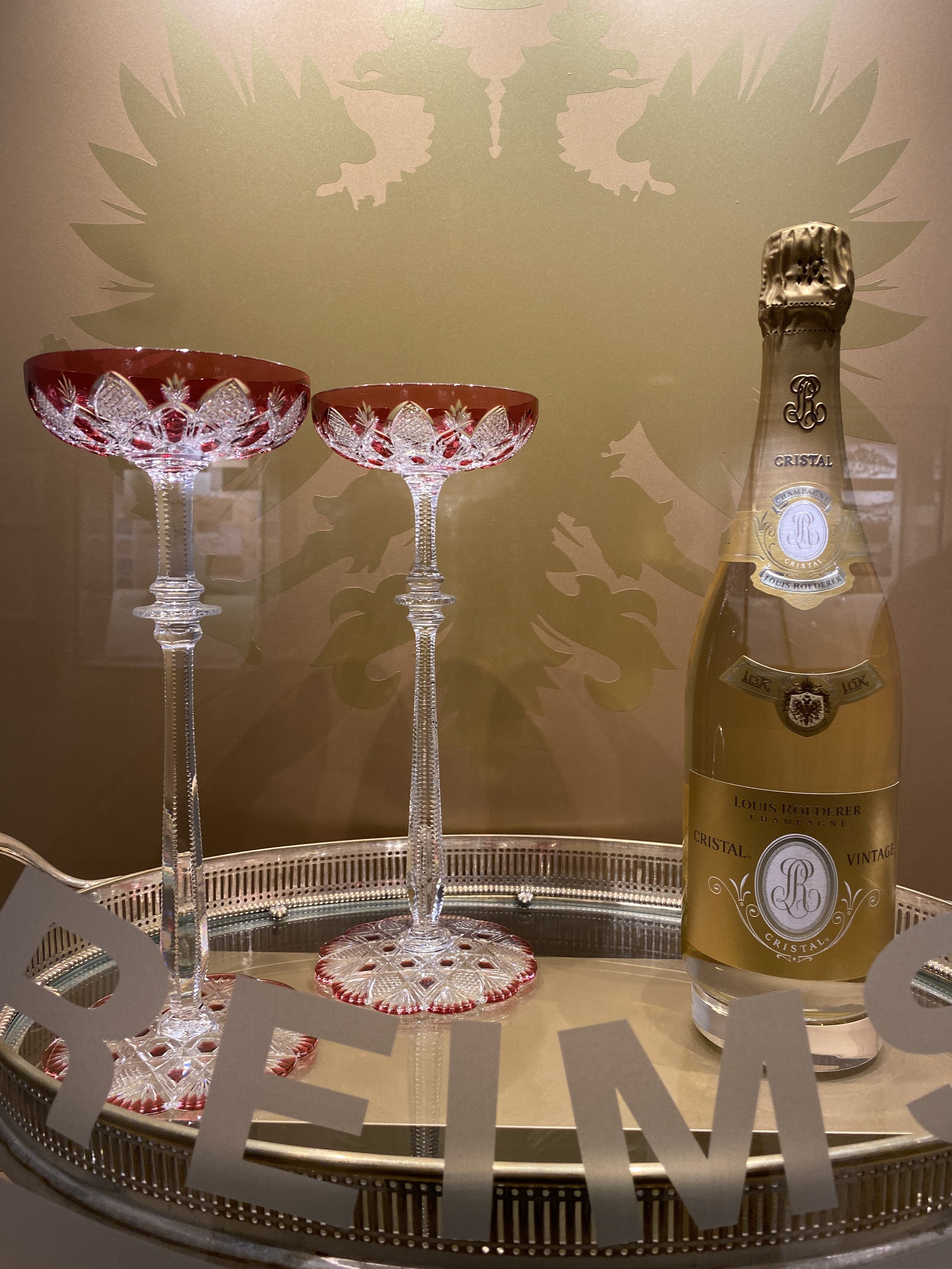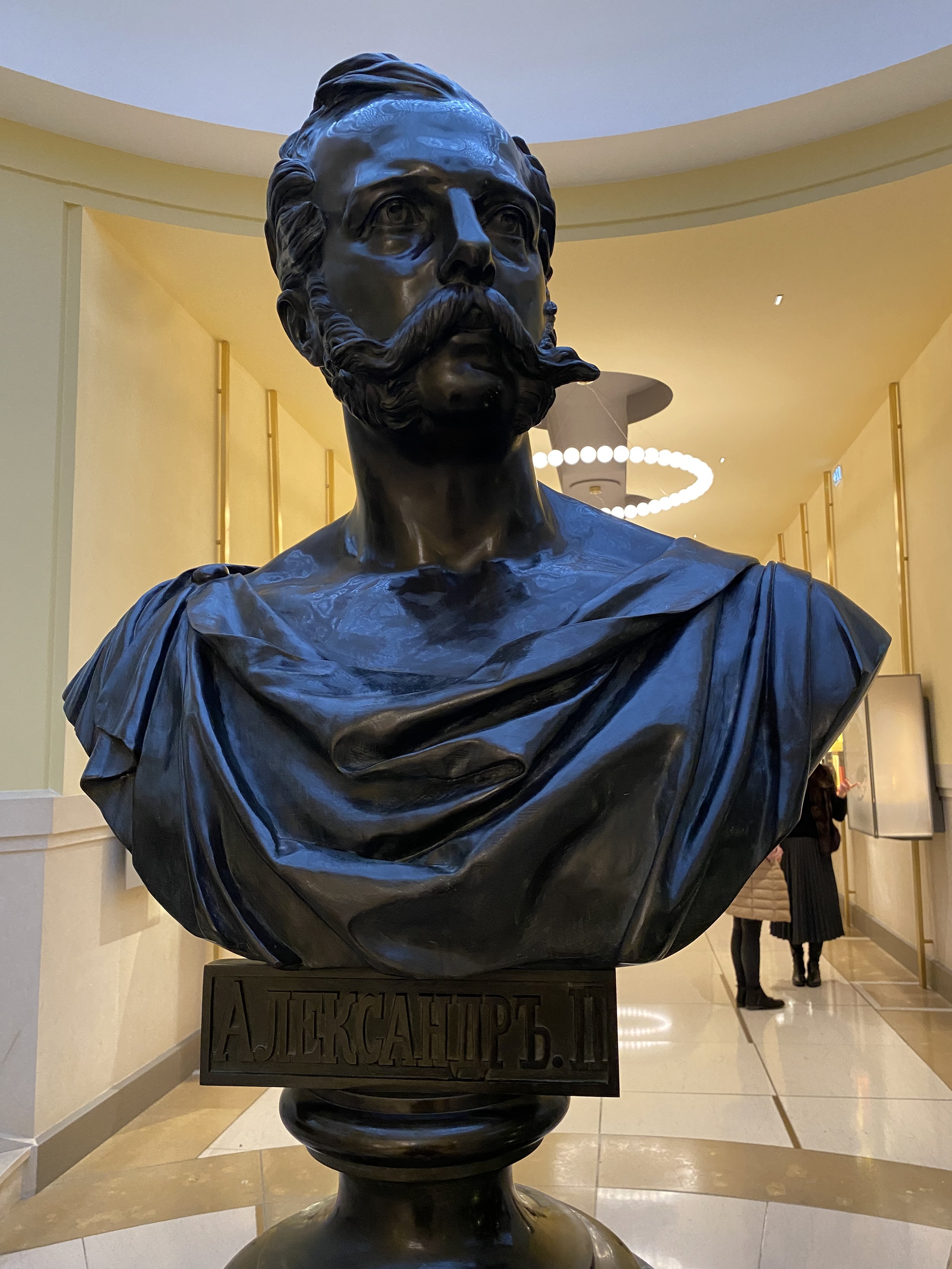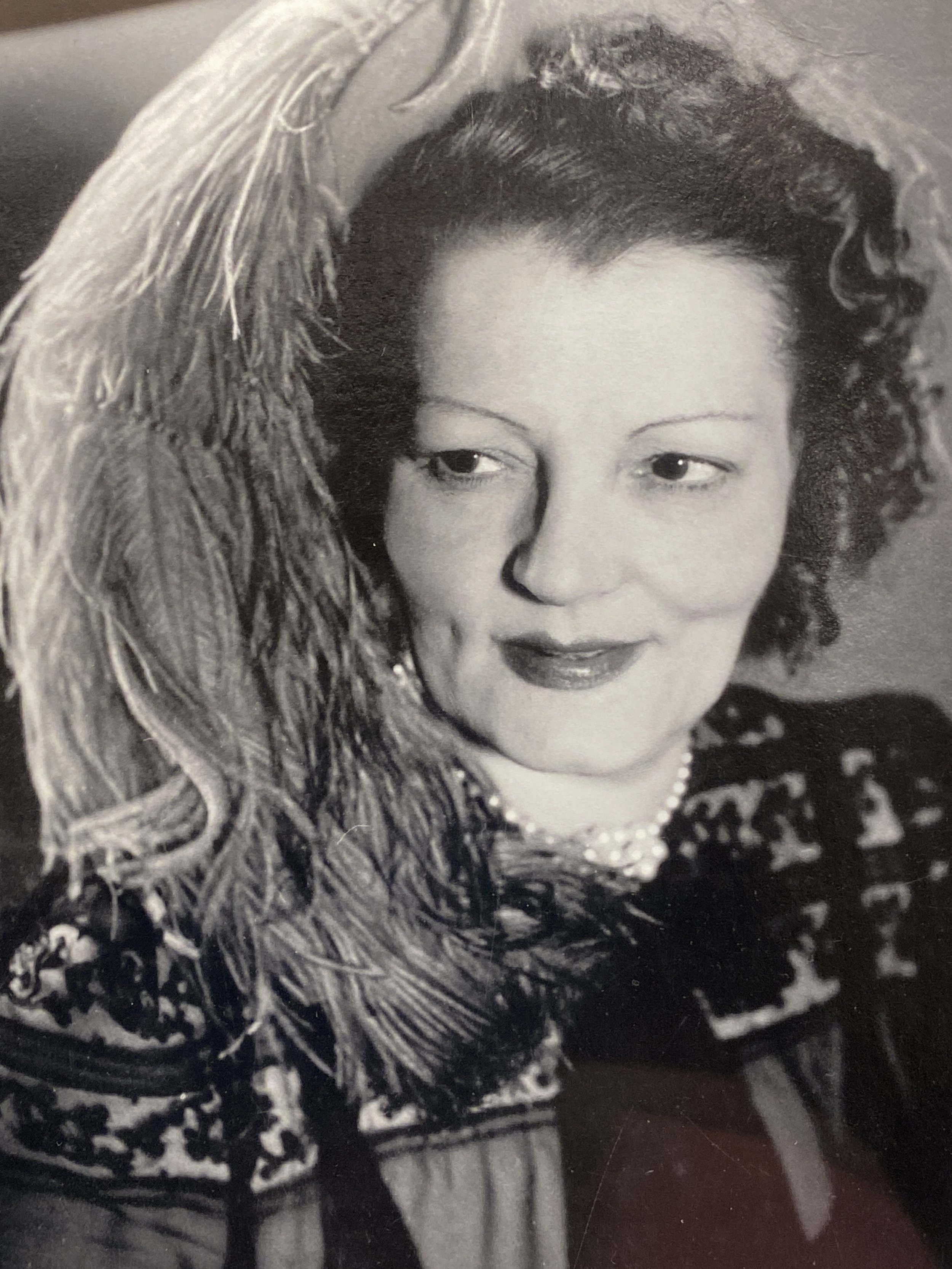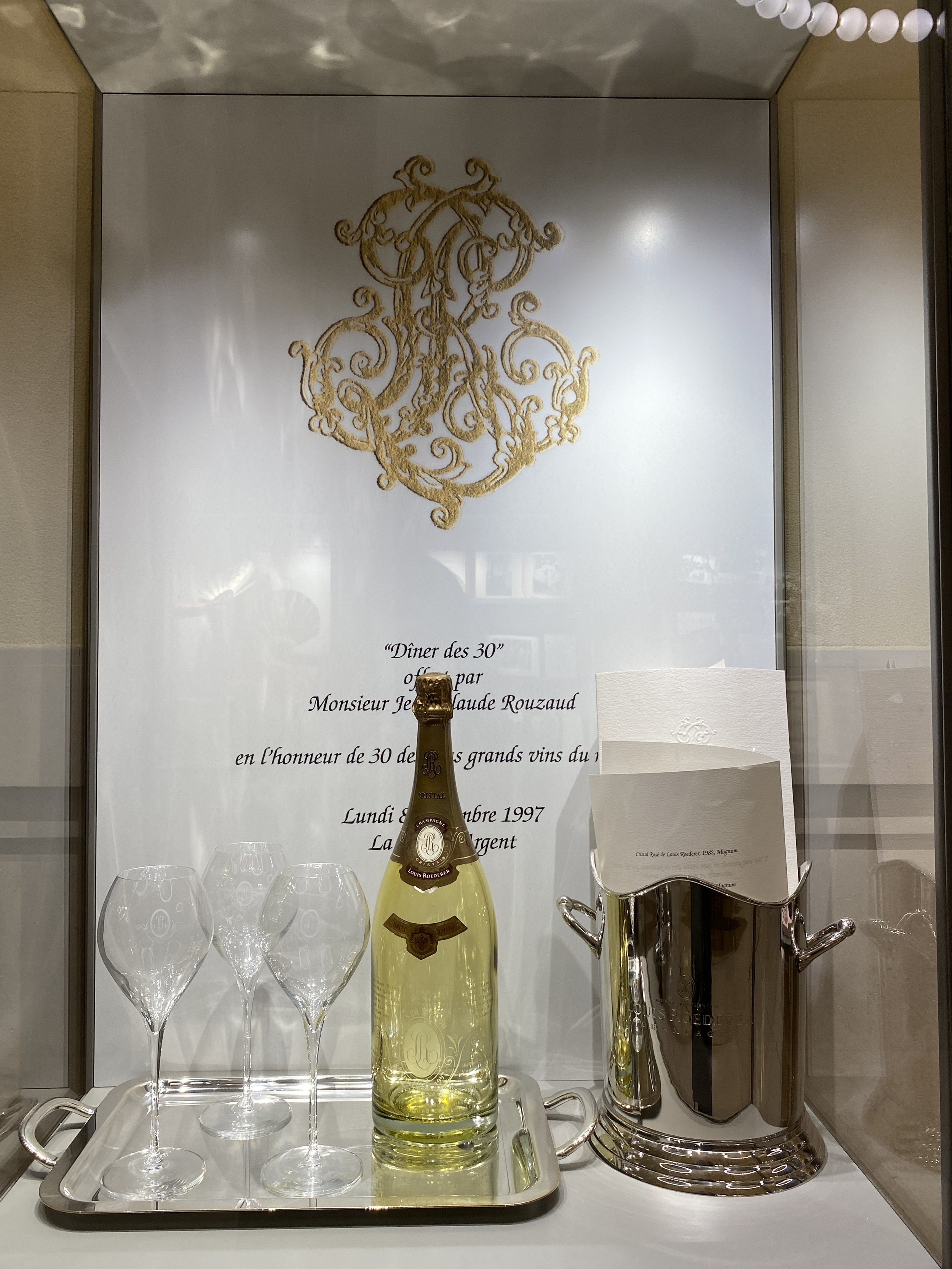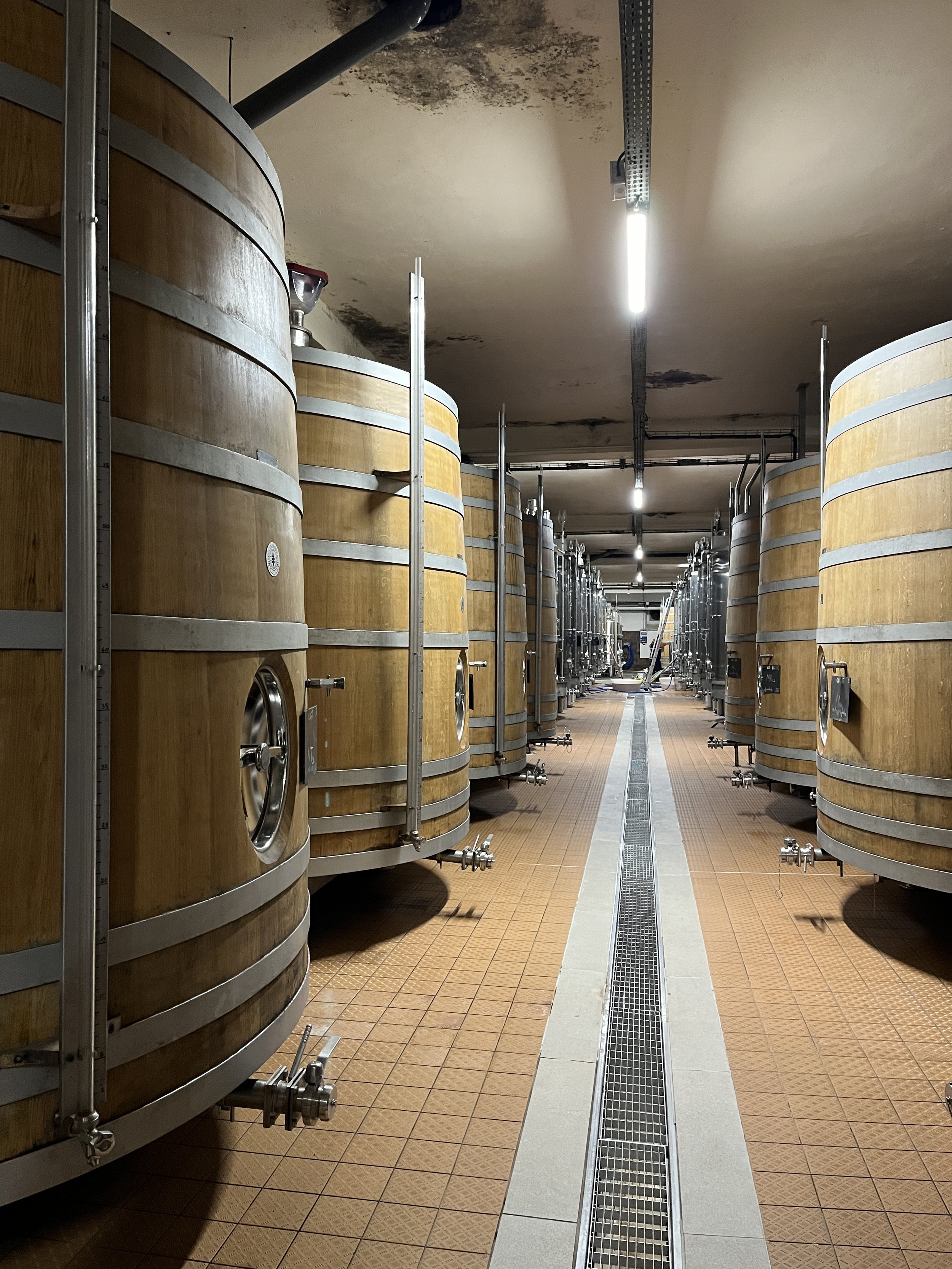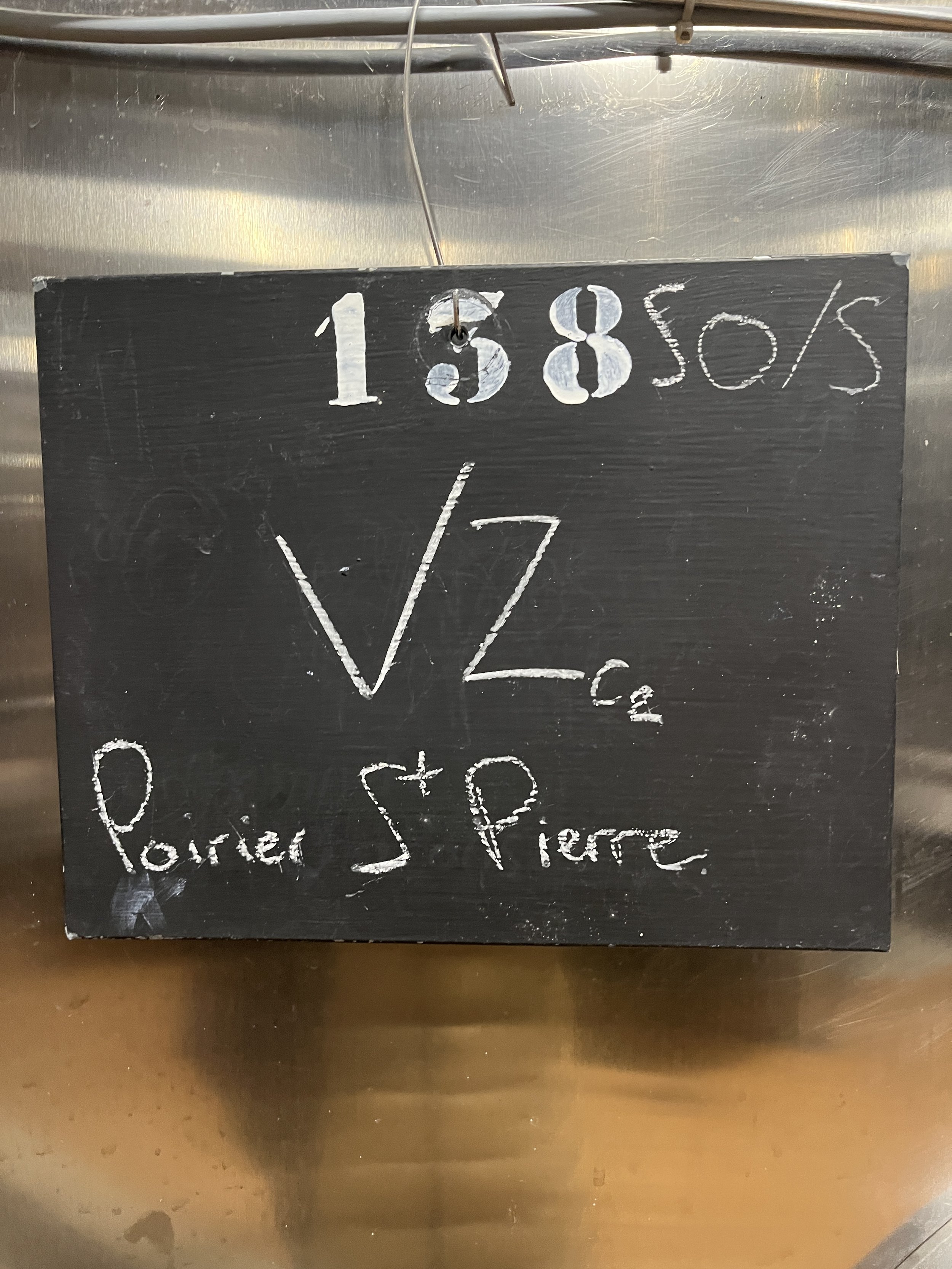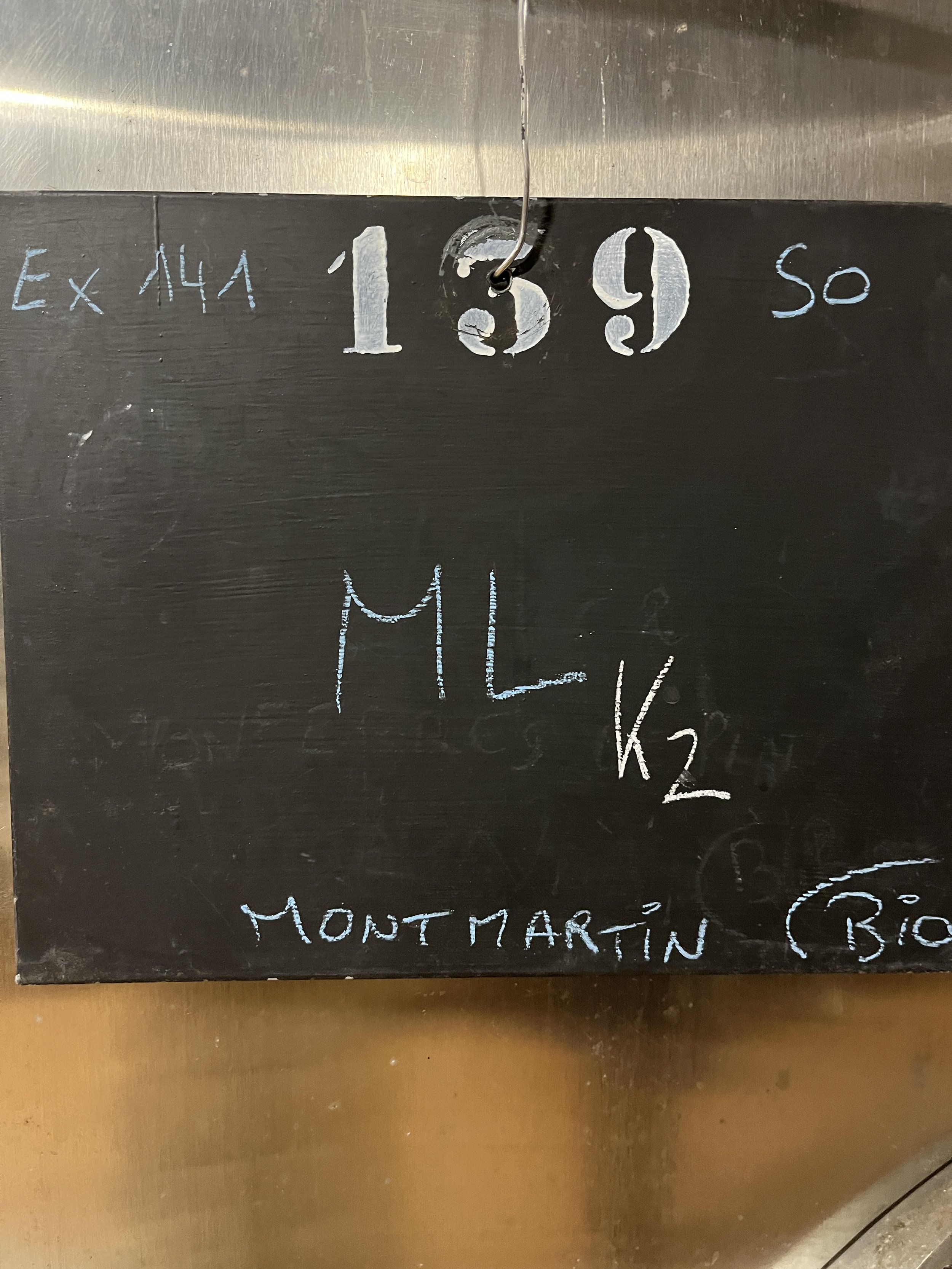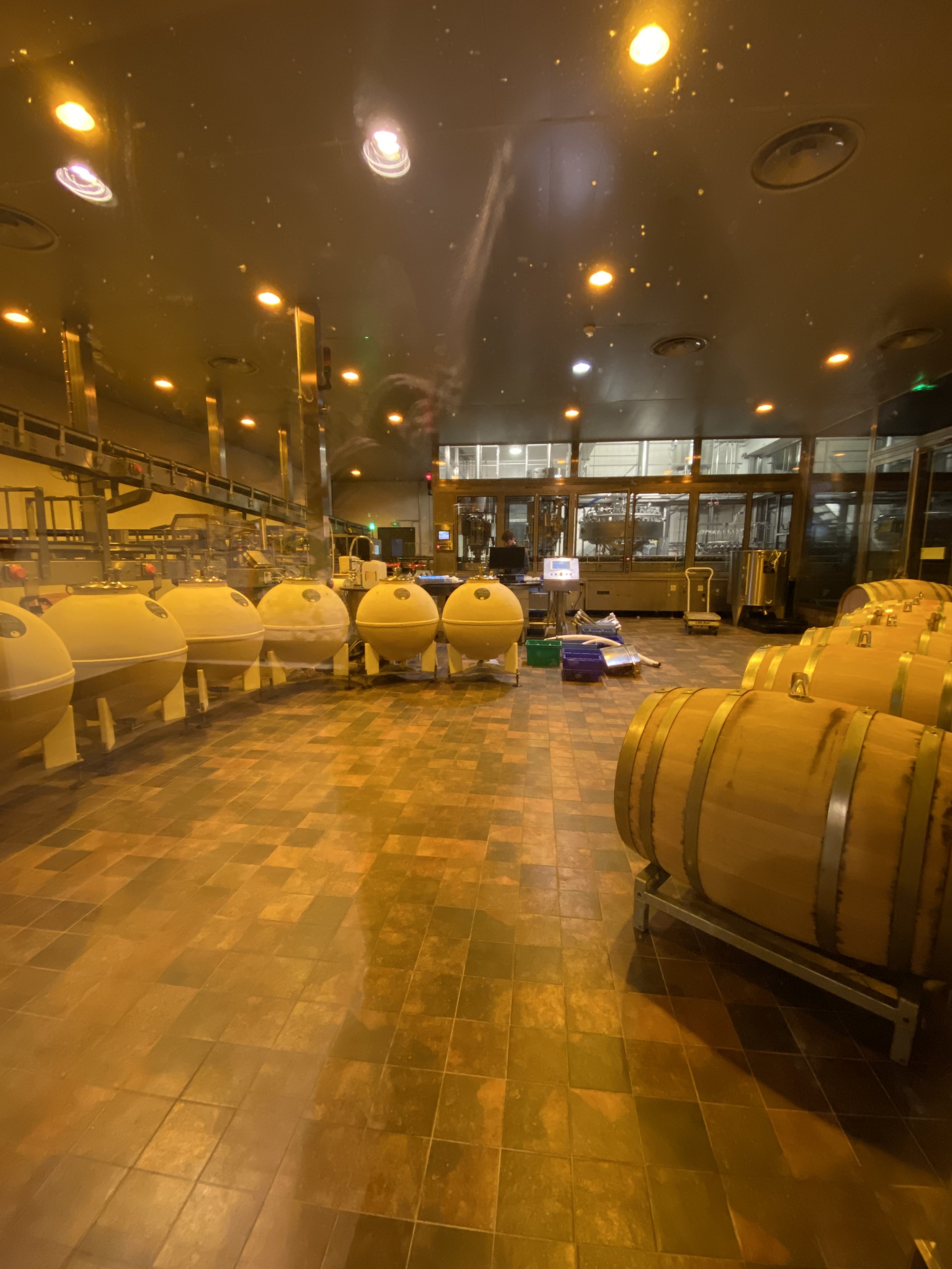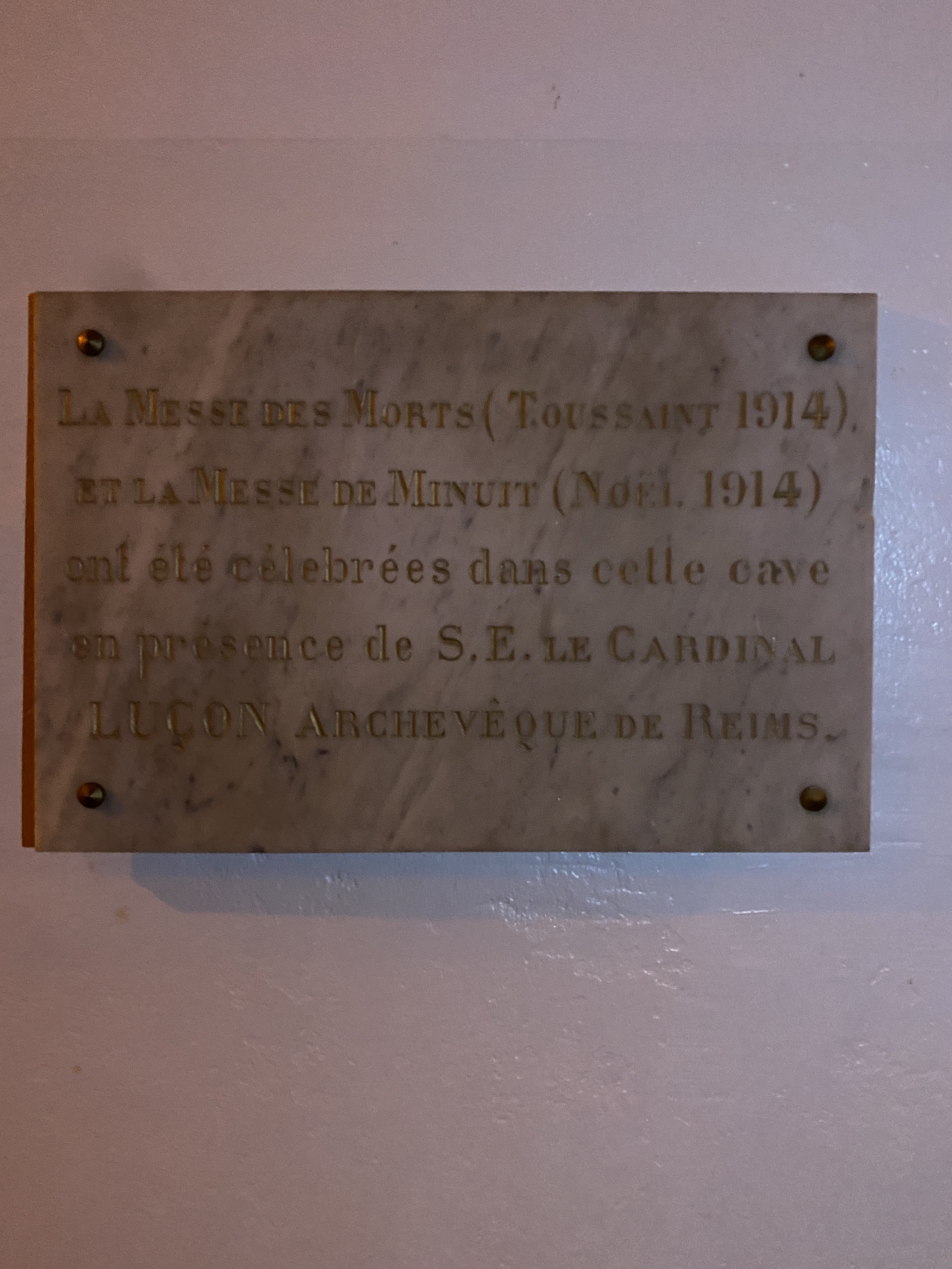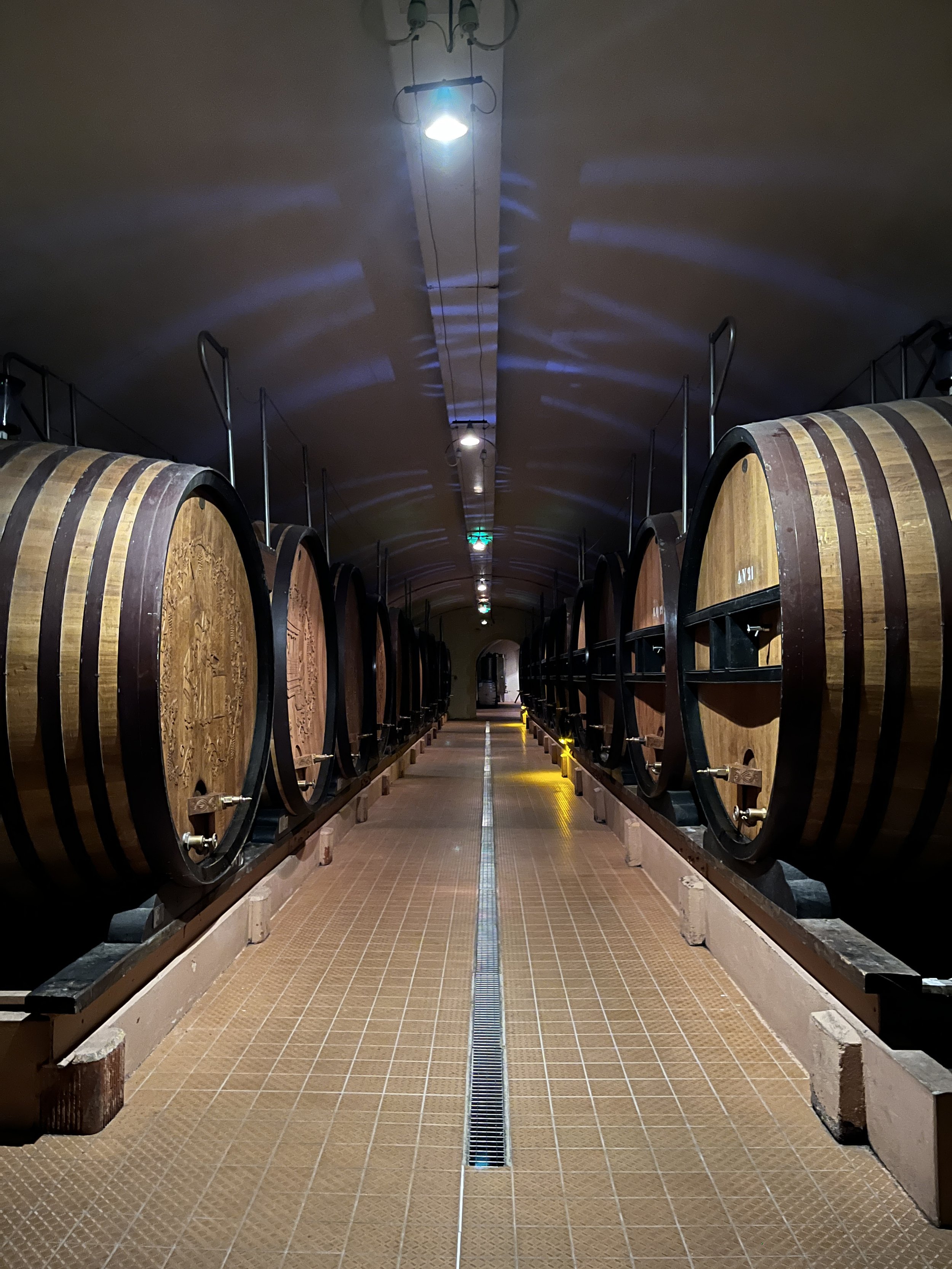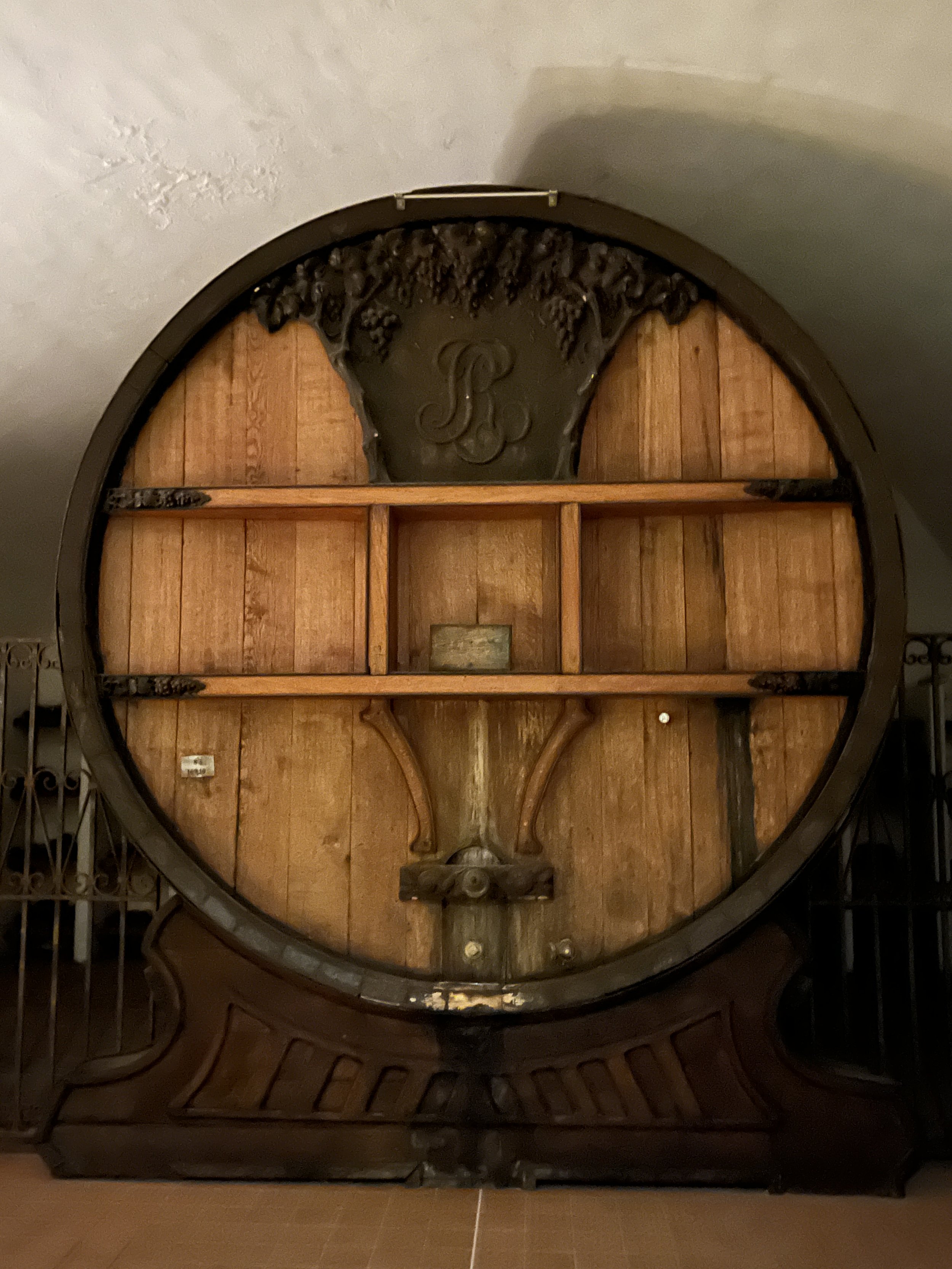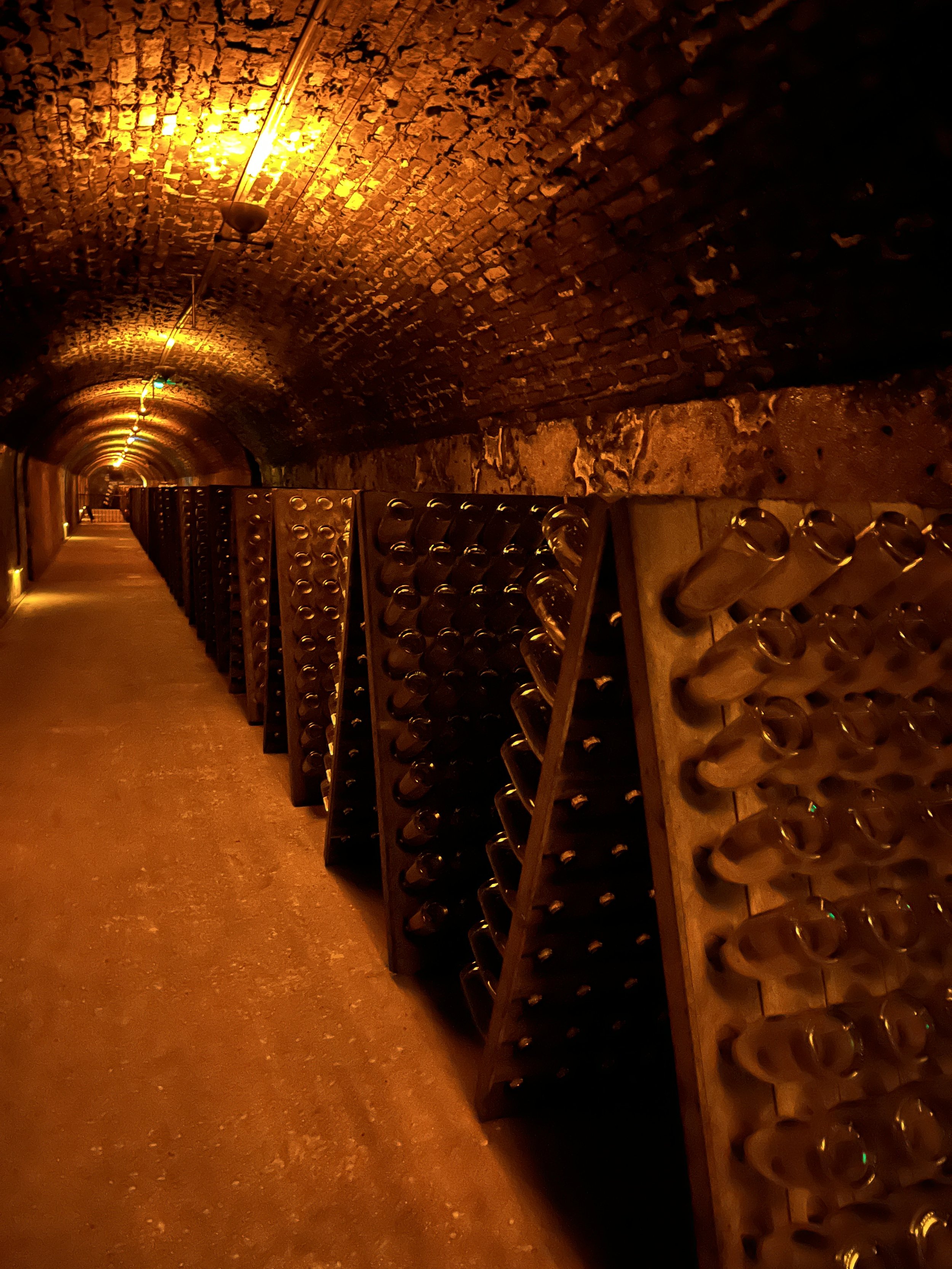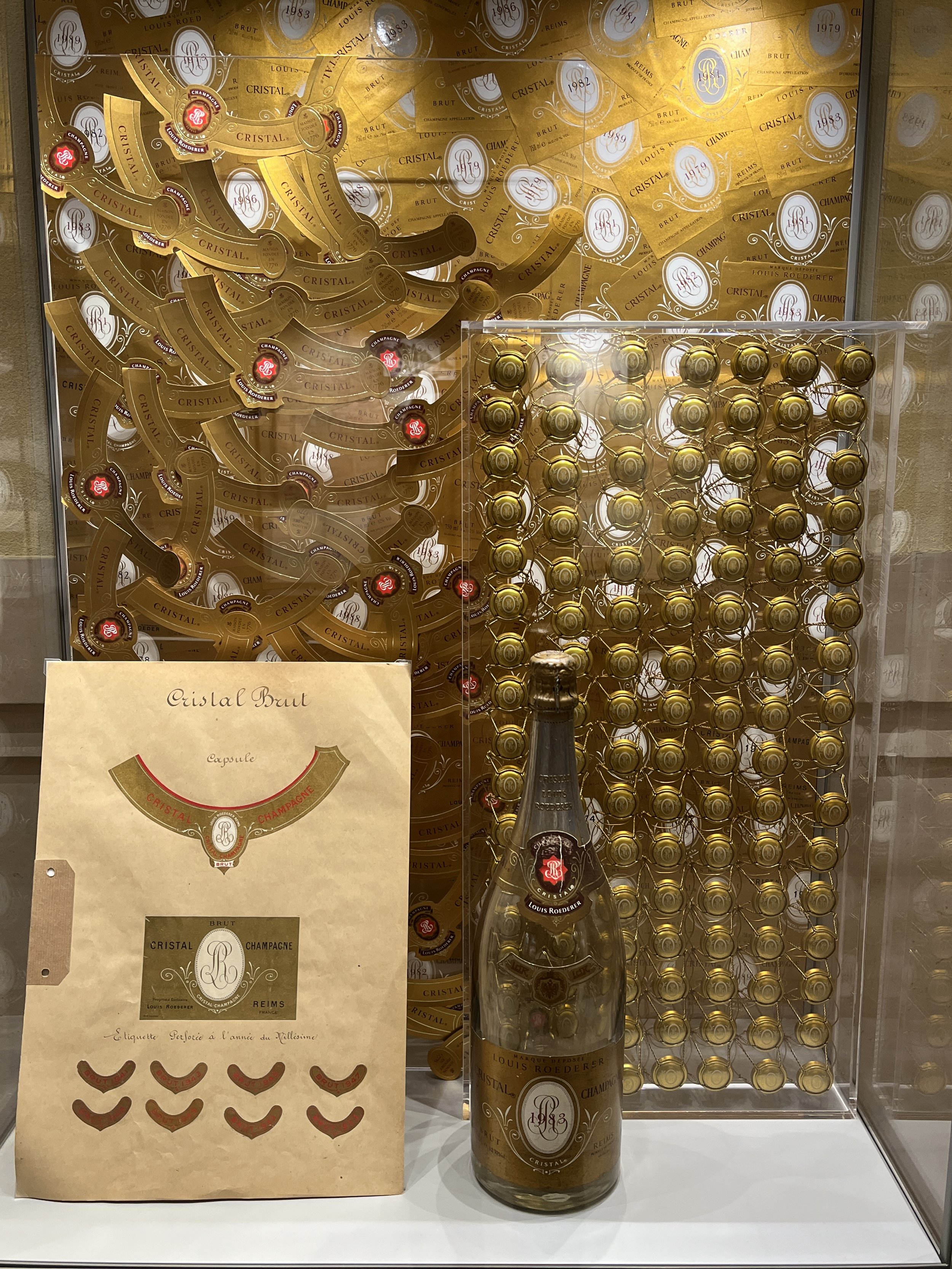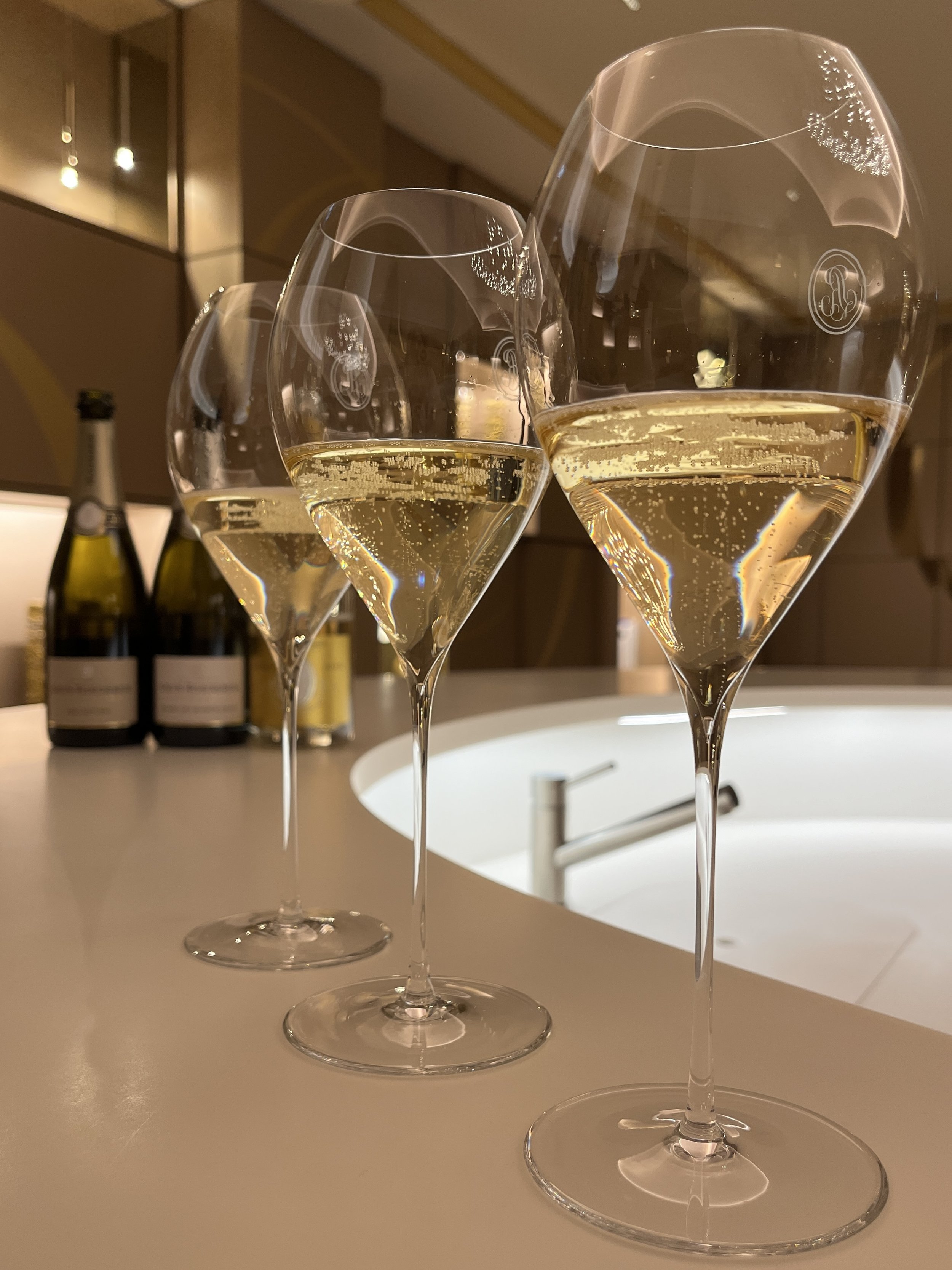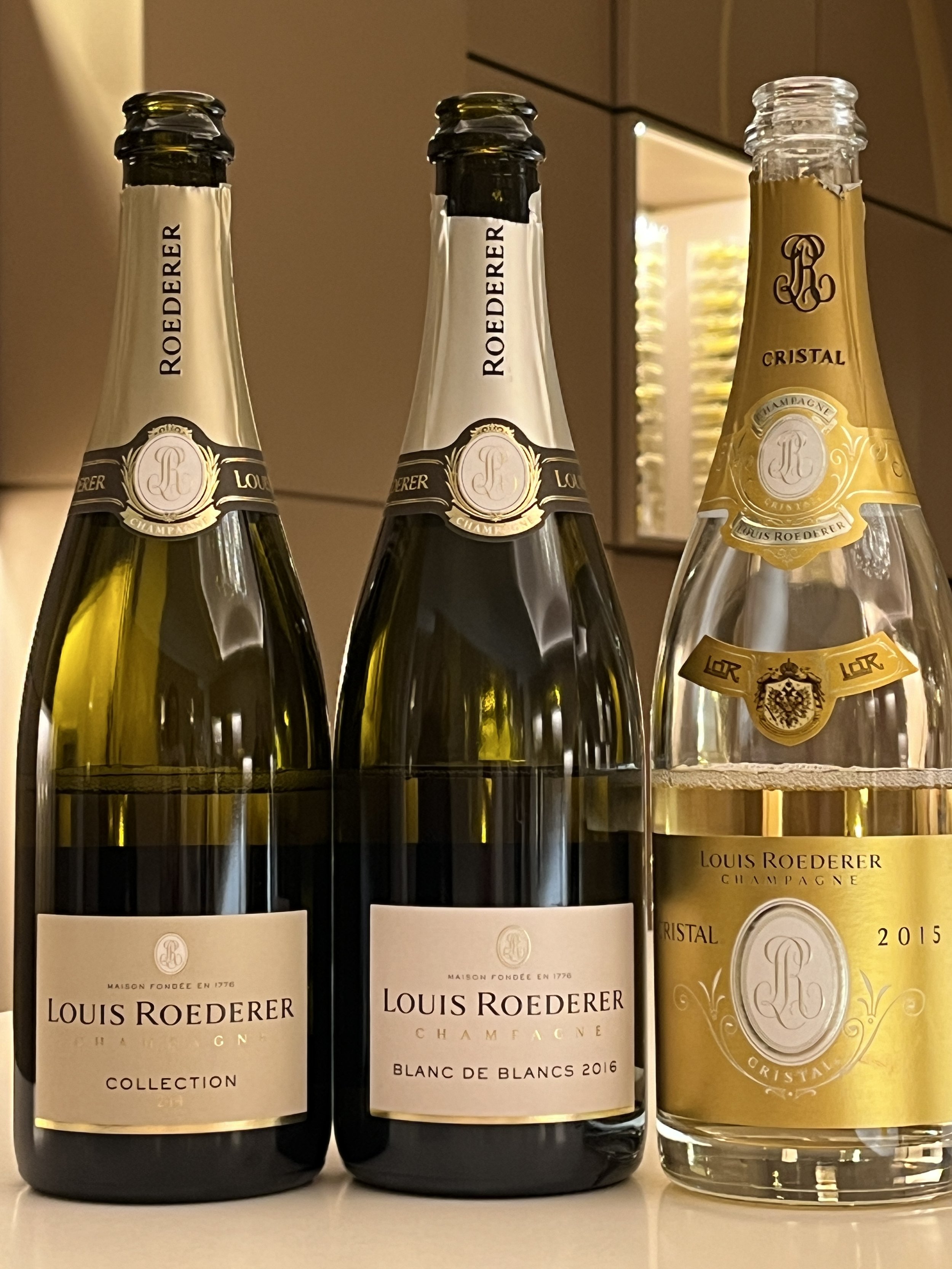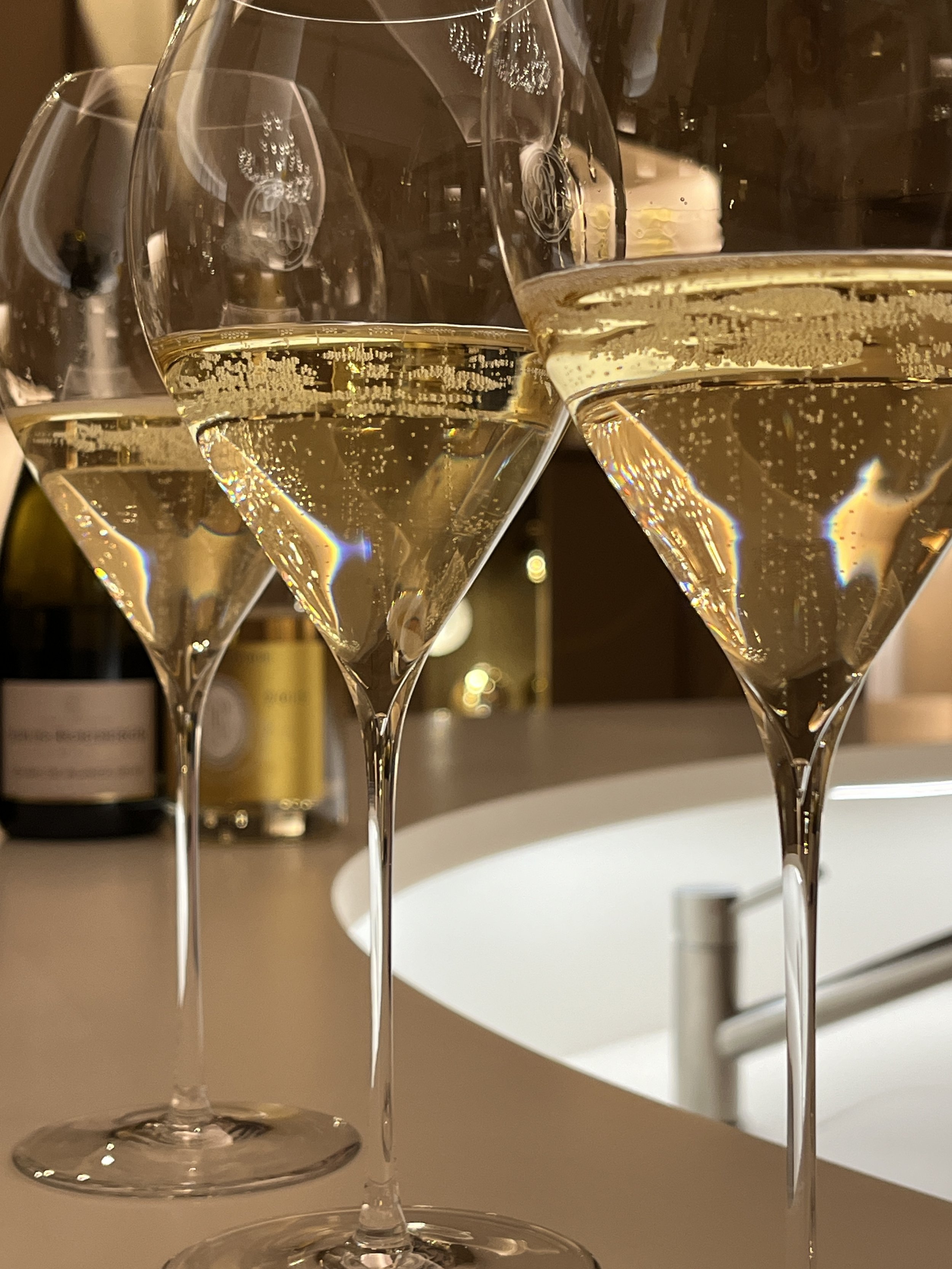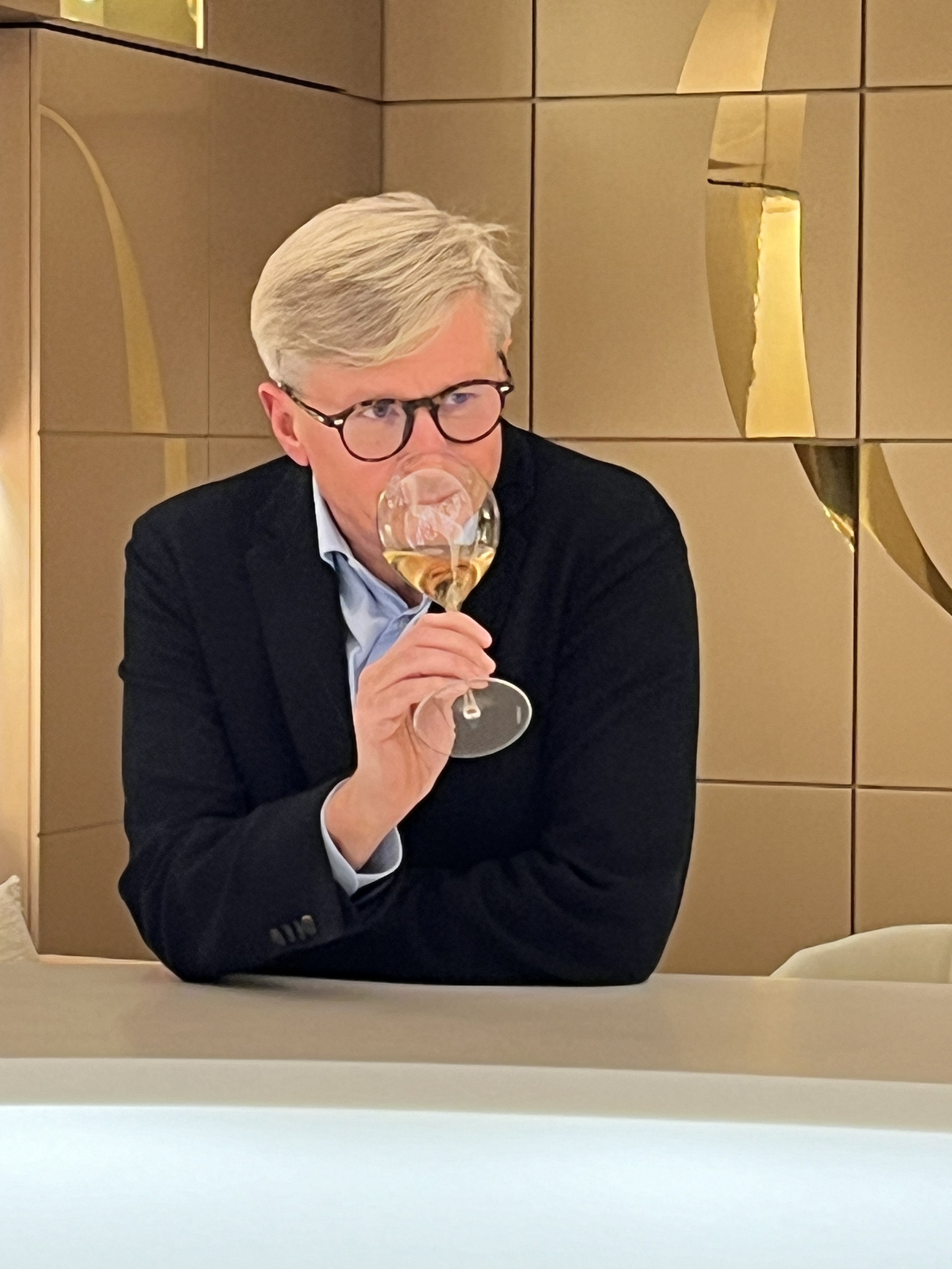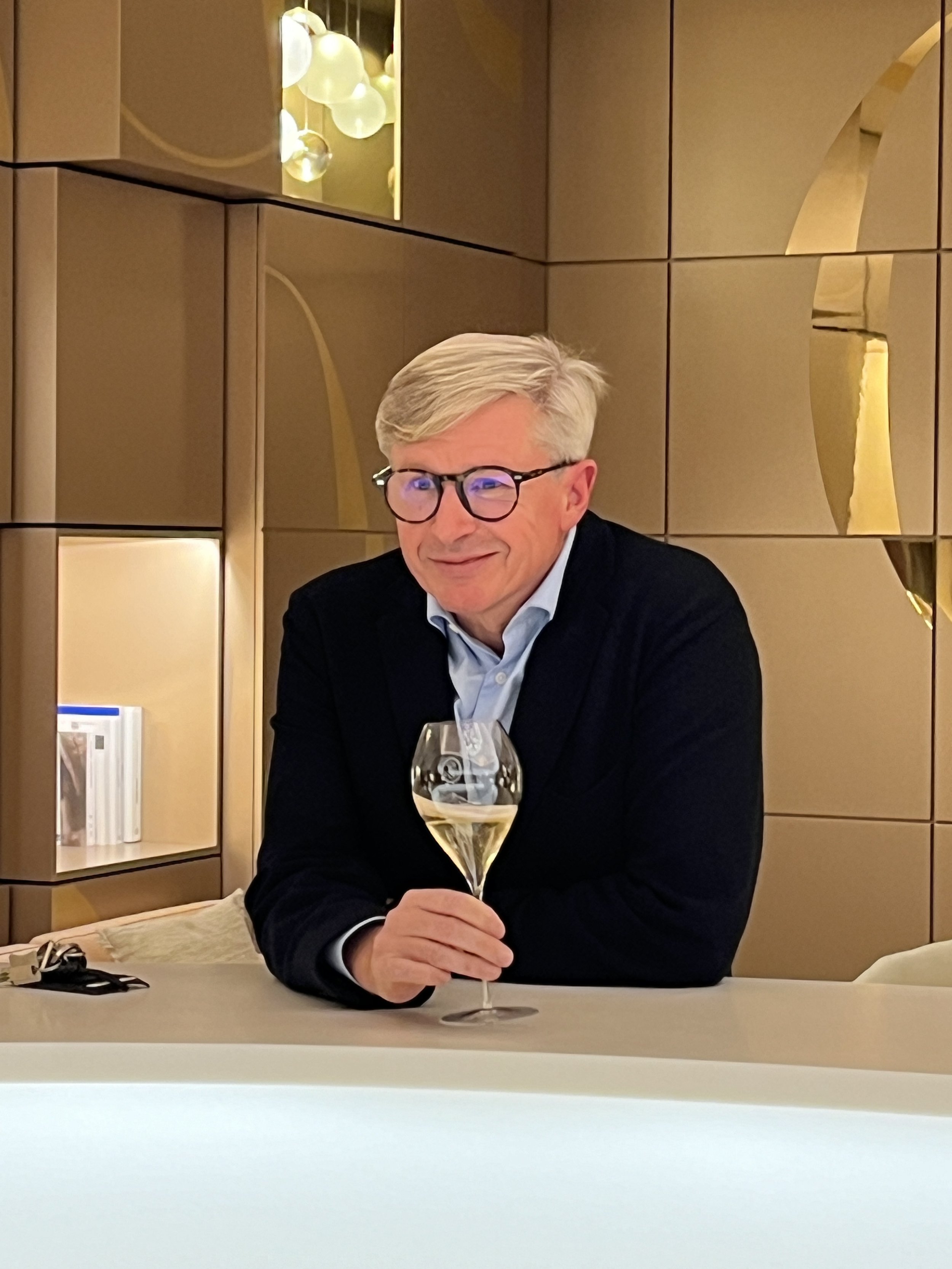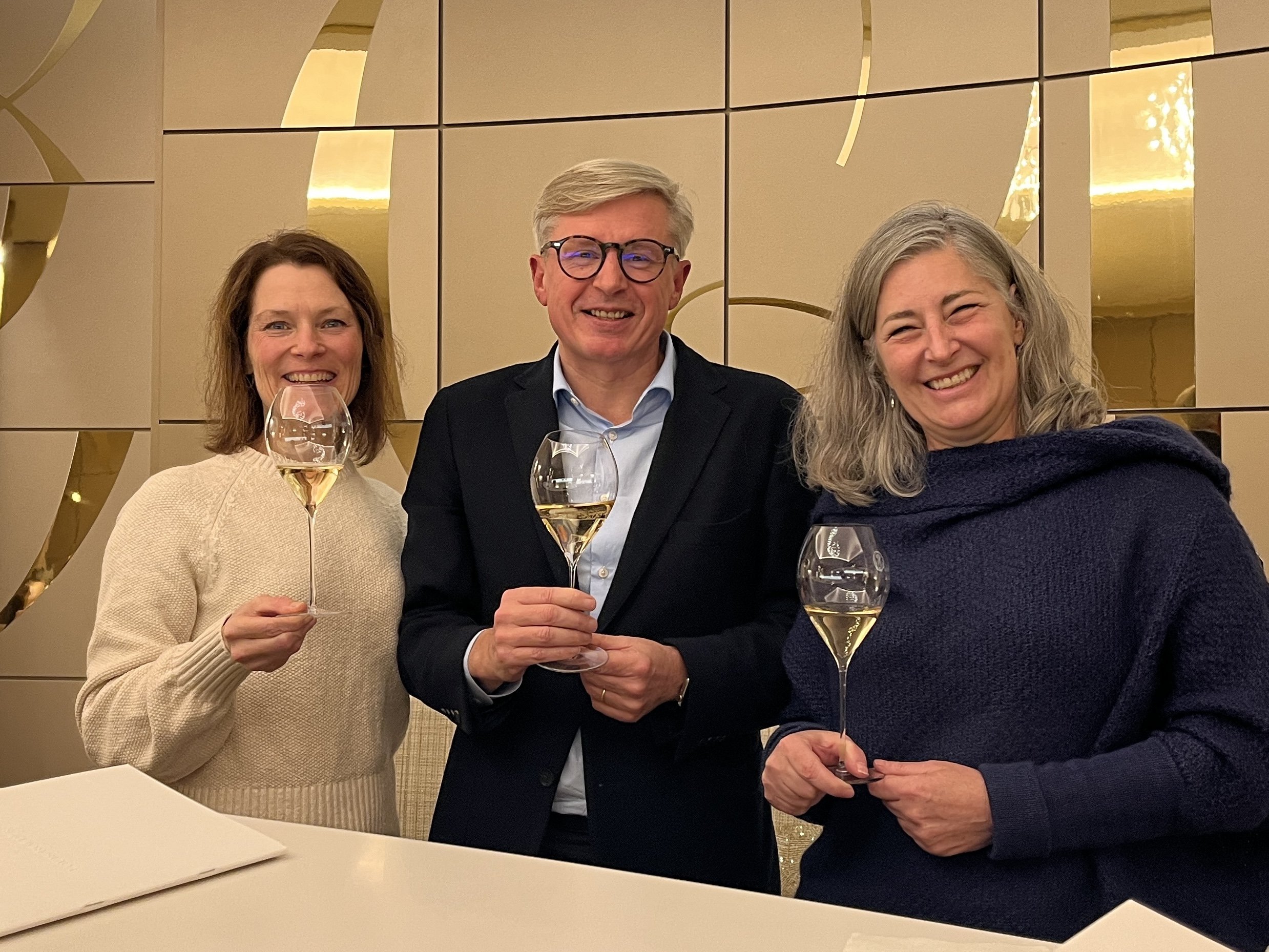Champagne Louis Roederer: A Legacy of Quality and Innovation
Louis Roederer: A Legacy of Innovation, Elegance, and Family Spirit
Today is where we make tomorrows champagne - Jean Baptiste Lecaillon
Nestled in the heart of Champagne, Louis Roederer isn't just a prestigious name, it's a story of innovation, family legacy, and unwavering dedication to quality. Founded in 1776, this independent powerhouse stands as a testament to generations of passionate individuals who have shaped the very essence of Champagne. Seven generations of the Rouzaud family have poured their passion into crafting exceptional Champagnes. Today, Frédéric Rouzaud leads the charge alongside legendary Chef de Cave Jean-Baptiste Lécaillon.
A taste of important dates:
The Roederer journey began with Louis, a visionary who dared to break the mold. In 1833, he took the reins of the then-nascent house and set his sights on owning his own vineyards. He acquired prime Grand Cru and Premier Cru plots, laying the foundation for a future rooted in exceptional terroir.
The year 1876 saw the birth of a legend – Cristal. Louis Roederer II created the first Champagne cuvée de prestige, specifically for Tsar Alexander II with ultimately his safety in mind, at the time he had ten attempts on his life. He purposely designed the bottle in such a way, first of all made out of clear crystal (hence the name) so that poison could visible in the bottle and second, the flat bottom to prohibit any explosives, knives in the butt of a champagne bottle and lastly as the ultimate luxury of a bottle made out of crystal. This cuvée comes from the estate's best vine parcels, the oldest being 52 years old.
Léon Olry-Roederer develops in the 1920s the concept of a consistent non-vintage champagne, leading to the creation of Carte Blanche, a blend of several vintages showcasing Roederer's mastery of blending and balance. Camille Olry-Roederer, a force of nature in her own right, took the helm in 1932 upon the death of her husband Léon. During times of war and economic turmoil, she championed the glamour of Roederer, propelling Cristal into the realm of high society and reviving the brand's image. Her legacy is one of unwavering spirit and a testament to the power of family in preserving a legacy lives on with her first released in 1975, an exclusive Blanc de Blancs cuvée, a quintessential expression of Avize terroir. It was originally made for family consumption.
J’aime bien provoquer et pas croire parce que toute le monde fait, que c’est la seule façon de faire. Il y a une façon de faire. Il y a une façon élégante et laborieuse d’avoir le résultat - Jean-Baptiste Lecaillon
Enter Jean-Baptiste Lécaillon, appointed Chef de Cave at the young age of 33. He brought with him a wave of dynamism and a passion for pushing boundaries. Lécaillon's contributions are manifold:
Elevating Cristal: He refined this iconic champagne, amplifying its finesse and elegance while preserving its distinct character.
Championing Biodynamics: He spearheaded Roederer's transition towards biodynamic in 2006 with a collaboration with Philippe Stark. They launched a Brut Nature, a zero-dosage pioneering biodynamic and organic viticulture and embraces climate change. and organic viticulture, ensuring the health and quality of their grapes.
A Holistic Approach: Lécaillon's vision extends beyond the final product. He focuses on the entire ecosystem, from sustainable vineyard practices to meticulous winemaking.
A Global Perspective: His experiences in California and Tasmania shaped his understanding of terroir, adding depth and complexity to Roederer's wines.
Today, Louis Roederer stands at a crossroads of tradition and innovation. With Frédéric Rouzaud at the helm and Lécaillon's legacy as a guiding force, the future is brimming with possibilities. Roederer continues to push the boundaries of Champagne, crafting exceptional wines that reflect the elegance, complexity, and pioneering spirit of this remarkable family-owned house. They own an astounding 242 hectares of vineyards (350 parcels approximately) many in chalk rich Grand Cru villages covering two-thirds of their grape requirements (70% while 30% is purchased from growers but they press the parcels themselves). Roederer have become pioneers in biodynamic farming & by 2012 all 78 hectares the “Cristal Estates” are farmed using biodynamic methods. By 2021 Roederer have 115 hectares certified organic. All the grapes in Cristal & other vintage cuvee’s come from their own vineyards. The estate is made up of 410 plots which are fermented separately in one of the 450 stainless steel tanks in their Reims cellars. They have three pressers, in Ay, Avize and Verzenay allowing for immediate pressing to the parcels that are nearby and retain the grapes freshness.
Louis Roederer: Where Hospitality Meets Exquisite Bubbles
The moment I stepped into the main hallway of Louis Roederer, I was captivated. Stunning artwork representing the Champagne region lined the walls, setting the stage for an unforgettable experience. But it was the warmth and genuine hospitality of the entire team that truly impressed me. Every single person I encountered greeted us with a friendly hello and a smile, making me feel instantly welcome.
My visit included an immersion into the illustrious history of the house with Aida Dudas, whose infectious enthusiasm and wealth of knowledge brought the past to life. Stepping into the cellars, I was instantly transported through time. Artwork whispered tales of bygone eras, memorabilia danced with ghosts of laughter and tears, and the very essence of time travel shimmered in the dusty air. These cellars, dating back to 1860 and repurposed as a WWII refuge, were not merely storage spaces; they were living libraries, their walls inscribed with novels of moments and memories. The history, the people, the energy – every brick resonated with stories waiting to be unraveled. It was sensory overload in the best possible way, and I could have spent hours soaking it all in (if the pesky character limit hadn't loomed!).
Later, cellar master Jean-Baptiste Lecaillon led us on a tasting and discussion, showcasing his passion for pushing boundaries while honoring Louis Roederer's rich heritage and iconic elegance. His dedication to biodynamics and continuous pursuit of excellence were truly inspiring.
Each sip of the three champagnes we tasted – Louis Roederer Collection 244, Blanc de Blancs 2016, and Cristal 2015 – was a masterpiece. The flavors danced on my tongue, a testament to the artistry and dedication that goes into every bottle. As we discussed the history and future of Louis Roederer and Champagne as a whole, I wished our visit could have lasted forever.
My deepest gratitude to Aida Dudas and Jean-Baptiste Lecaillon (and a special shout-out to my dear friend @lyn_wine for the introduction) for gifting me with this informative, warm, and welcoming journey. It was a sparkling moment I will forever cherish.
Louis Roederer is more than just a champagne house; it's an experience that lingers long after the last bubble pops. If you ever have the opportunity to visit, don't hesitate – it's a journey you won't forget.

